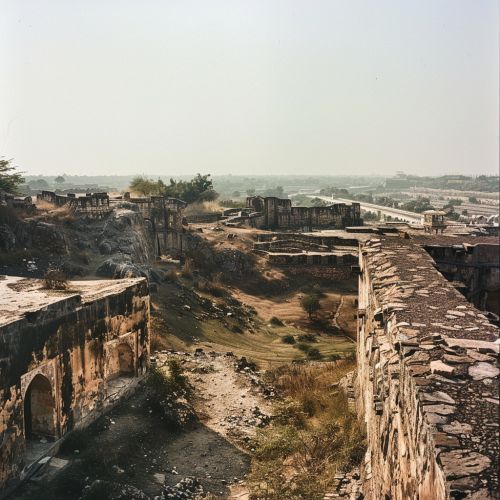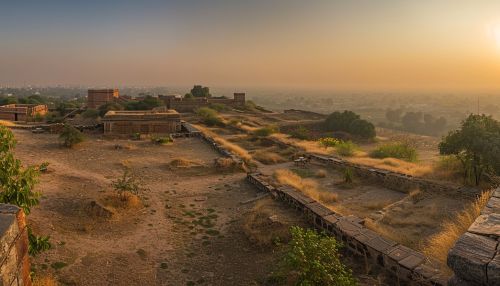UNESCO World Heritage Site
Overview
A UNESCO World Heritage Site is a landmark or area with legal protection by an international convention administered by the United Nations Educational, Scientific and Cultural Organization (UNESCO). World Heritage Sites are designated by UNESCO for having cultural, historical, scientific or other form of significance. The sites are judged to contain "cultural and natural heritage around the world considered to be of outstanding value to humanity".


Criteria for Selection
To be selected as a World Heritage Site, a location must meet at least one of the ten selection criteria. These criteria have been modified over time, and as of 2005, there are ten criteria named from (i) to (x). The criteria are explained in the Operational Guidelines for the Implementation of the World Heritage Convention which, besides the text of the Convention, is the main working tool on World Heritage. The ten criteria are:
- Represent a masterpiece of human creative genius.
- Exhibit an important interchange of human values, over a span of time or within a cultural area of the world, on developments in architecture or technology, monumental arts, town-planning or landscape design.
- Bear a unique or at least exceptional testimony to a cultural tradition or to a civilization which is living or which has disappeared.
- Be an outstanding example of a type of building, architectural or technological ensemble or landscape which illustrates (a) significant stage(s) in human history.
- Be an outstanding example of a traditional human settlement, land-use, or sea-use which is representative of a culture (or cultures), or human interaction with the environment especially when it has become vulnerable under the impact of irreversible change.
- Be directly or tangibly associated with events or living traditions, with ideas, or with beliefs, with artistic and literary works of outstanding universal significance.
- Contain superlative natural phenomena or areas of exceptional natural beauty and aesthetic importance.
- Be outstanding examples representing major stages of earth's history, including the record of life, significant on-going geological processes in the development of landforms, or significant geomorphic or physiographic features.
- Be outstanding examples representing significant on-going ecological and biological processes in the evolution and development of terrestrial, fresh water, coastal and marine ecosystems and communities of plants and animals.
- Contain the most important and significant natural habitats for in-situ conservation of biological diversity, including those containing threatened species of outstanding universal value from the point of view of science or conservation.
Nomination Process
The process of nomination and evaluation of potential World Heritage Sites is carried out in several stages. The process begins with the prospective country submitting a tentative list of sites to the World Heritage Centre. The country then prepares a nomination file for each nominated property on its Tentative List. The file is evaluated by two Advisory Bodies mandated by the World Heritage Convention: the International Council on Monuments and Sites (ICOMOS) and the World Conservation Union (IUCN). The Advisory Bodies evaluate the nominations from a historical, architectural, and environmental perspective.


Conservation and Management
The conservation and management of World Heritage Sites are of paramount importance to UNESCO. The World Heritage Committee, with the help of the Advisory Bodies, determines the sites to be listed on the World Heritage List. The Committee also examines reports on the state of conservation of inscribed sites and asks States Parties to take action when properties are not being properly managed. Furthermore, the Committee seeks to increase public awareness of the World Heritage Convention's goals and its sites.
Challenges and Controversies
Despite its noble intentions, the World Heritage Site program has faced numerous challenges and controversies. Some critics argue that the selection of sites is politically motivated and that the list of sites is Eurocentric. Others contend that the program encourages a form of tourism that is damaging to the very sites it seeks to protect. Furthermore, there are concerns about the effectiveness of UNESCO's enforcement mechanisms, particularly in cases where sites are threatened by war or natural disasters.
